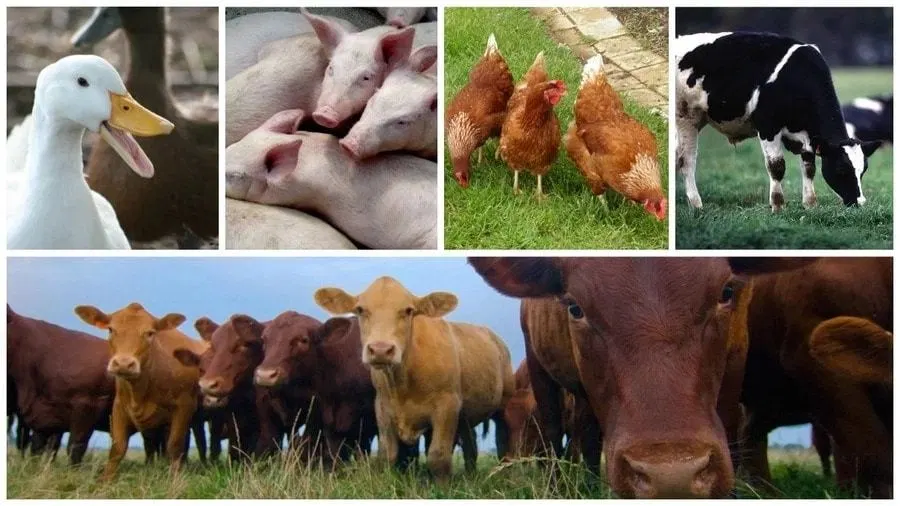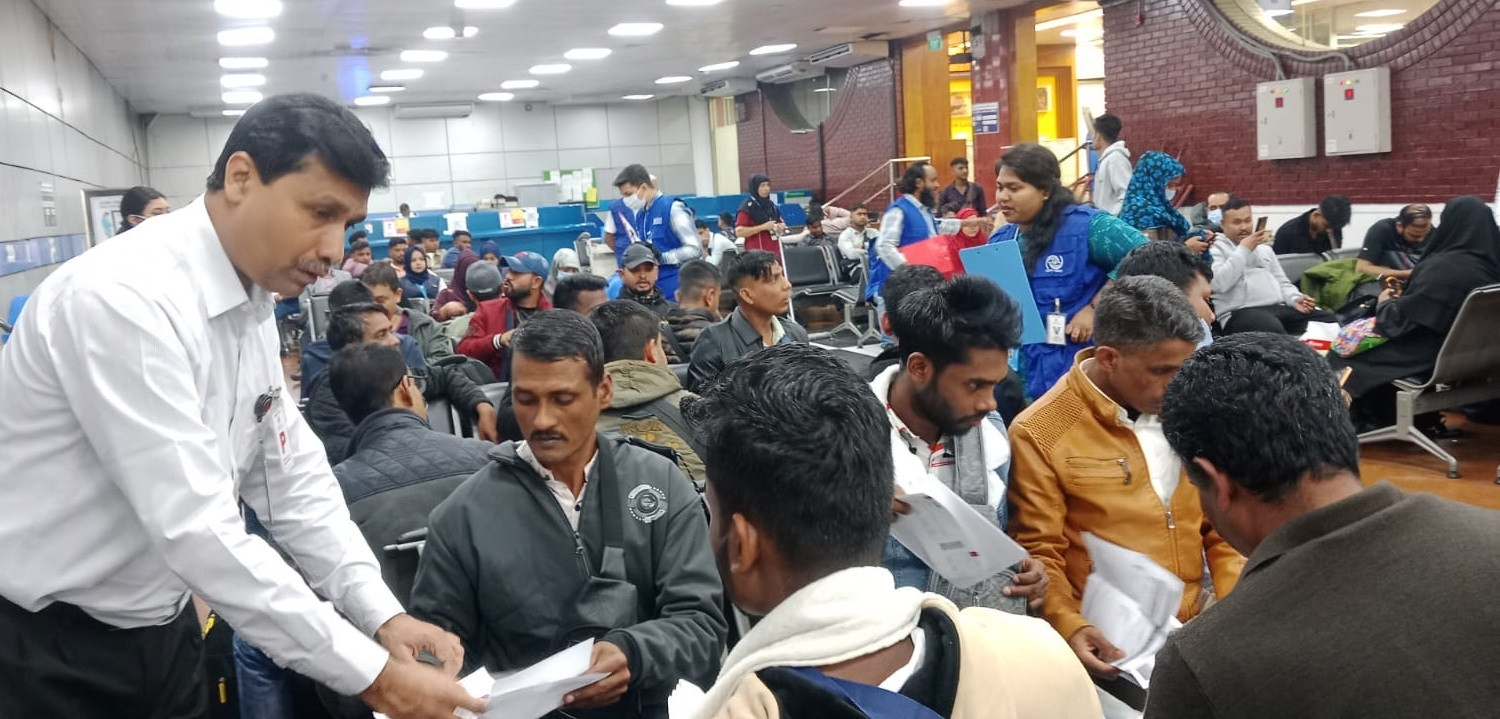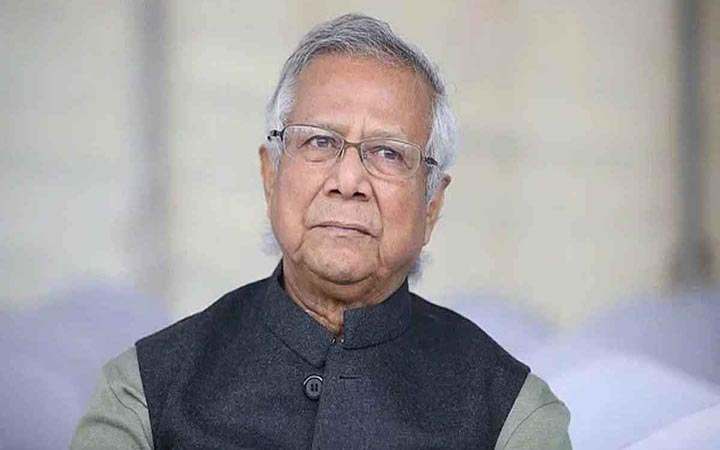The country has achieved significant progress in rearing domestic animals reducing dependence on the import of meat and leaving many countries behind in the race for autarky in meat.
Bangladesh, which was once dependent on importing meat to meet its local demand, is now self-sufficient in meat production.
Statistics lend credence to the fact as the World Food and Agriculture Organization (FAO) says, the number of cows reared in Bangladesh this year is more than 24 million. Not only that, Bangladesh now occupies 12th position in the world in terms of cattle rearing.
It was learnt that the government emphasized the importance of achieving self-sufficiency in meeting the demand of cows and goats since 2014. Two years after the halt of cattle import from India, the number of cattle farms in the country has been increasing at an average rate of 15 percent to 20 per cent per annum.
At present, the total number of registered farms in the country is about 70,000 and the number of unregistered farms has exceeded one lakh. With the increase in local production, on the one hand, the dependence on cattle imports has reduced and on the other, the share of Bangladesh in the global production of cattle heads has also increased.
Apart from boosting the rural economy, cattle rearing is also making a significant contribution in attracting unemployment youths to this lucrative sector.
Former Director General of the Bangladesh Livestock Research Institute (BLRI) Jahangir Alam said that there was a time when 20 lakh to 22 lakh cows were imported, but now it has come down to 20,000 to 22,000. This shows the achievement and capacity of Bangladesh.
“Technology development and fattening of cows as well as the interest of the farmers have worked largely behind our self-reliance in meet the demand of cattle. Besides, various government and non-government initiatives have played an active role behind it”, he added.
After India stopped exporting cattle to Bangladesh six years ago, the government insisted on rearing cows and goats to meet the demand for meat in the country. At that time, effective initiatives were taken to identify the obstacles and reduce those to increase meat production.
In addition to breeding, fattening and artificial insemination of cows, production of quality breeds, various types of assistance and incentives were given to the farmers. Besides training farmers, marketing strategies and activities to increase their access to the market began.










